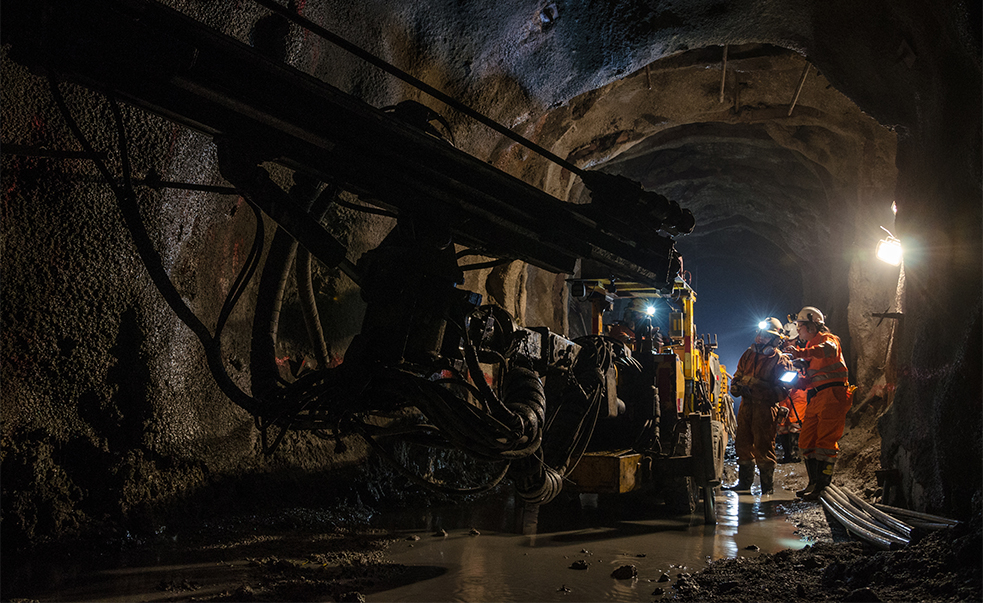In the vast and often remote landscapes where natural resources lie hidden beneath the earth’s surface, effective exploration is vital for uncovering valuable reserves. From mineral deposits to oil and gas fields, the exploration of natural resources plays a crucial role in meeting global energy demands and driving economic growth. In this quest, connectivity emerges as a game-changer, offering a multitude of benefits that revolutionize the exploration process.
Enhanced Data Collection and Analysis
Connectivity facilitates real-time data collection from remote exploration sites, enabling geologists and engineers to gather valuable insights into geological formations and resource potential. Advanced sensors and IoT devices equipped with connectivity capabilities can transmit data seamlessly, providing detailed information on soil composition, rock formations, and environmental factors. This wealth of data allows exploration teams to make informed decisions, identify promising exploration targets, and optimize drilling strategies for maximum efficiency.
Remote Monitoring and Management
Remote exploration sites pose significant logistical challenges, often located in rugged terrain or offshore environments far from civilization. With connectivity solutions in place, exploration teams can remotely monitor operations, equipment performance, and environmental conditions in real-time. This capability not only improves safety and operational efficiency but also enables proactive maintenance to prevent costly downtime and equipment failures.
Collaboration and Knowledge Sharing
Connectivity fosters collaboration among geologists, engineers, and experts located around the globe, allowing them to share data, insights, and best practices in real-time. Cloud-based collaboration platforms, video conferencing, and virtual reality tools enable seamless communication and decision-making, facilitating interdisciplinary teamwork and accelerating the exploration process. By leveraging the collective expertise of geographically dispersed teams, exploration projects can benefit from diverse perspectives and innovative solutions.
Autonomous Exploration
Advancements in connectivity and artificial intelligence are driving the emergence of autonomous exploration technologies, revolutionizing traditional exploration methods. Autonomous and robotic systems equipped with connectivity capabilities can autonomously survey and analyze vast exploration areas, reducing the need for manual intervention and human resources. These autonomous systems can navigate challenging terrain, collect data with precision, and adapt to changing environmental conditions, enhancing the speed and efficiency of resource exploration.
Environmental Monitoring and Sustainability
In an era of increasing environmental awareness and regulatory scrutiny, connectivity enables real-time monitoring of environmental impacts associated with resource exploration activities. Sensors and monitoring devices can track air and water quality, wildlife habitats, and ecosystem health, helping exploration companies mitigate environmental risks and comply with regulatory requirements. By proactively monitoring and addressing environmental concerns, exploration projects can operate responsibly and sustainably, minimizing their ecological footprint and preserving natural habitats.
Risk Mitigation and Decision Support
Connectivity empowers exploration teams with access to a wealth of data, analytics, and predictive modeling tools that facilitate risk assessment and decision support. By analyzing historical exploration data, geological surveys, and market trends, exploration teams can evaluate the viability of potential resource deposits and assess investment risks. This data-driven approach enables informed decision-making, allowing exploration companies to allocate resources strategically, prioritize exploration targets, and maximize the likelihood of success.
In conclusion, connectivity is a catalyst for transformation in natural resources exploration, offering a multitude of benefits that drive innovation, efficiency, and sustainability. By harnessing the power of connectivity, exploration teams can unlock the hidden potential of remote landscapes, uncover valuable natural resources, and contribute to the sustainable development of global energy and mineral reserves. As technology continues to evolve, connectivity will remain at the forefront of exploration efforts, empowering teams to overcome challenges and seize new opportunities in the quest for resource discovery.
